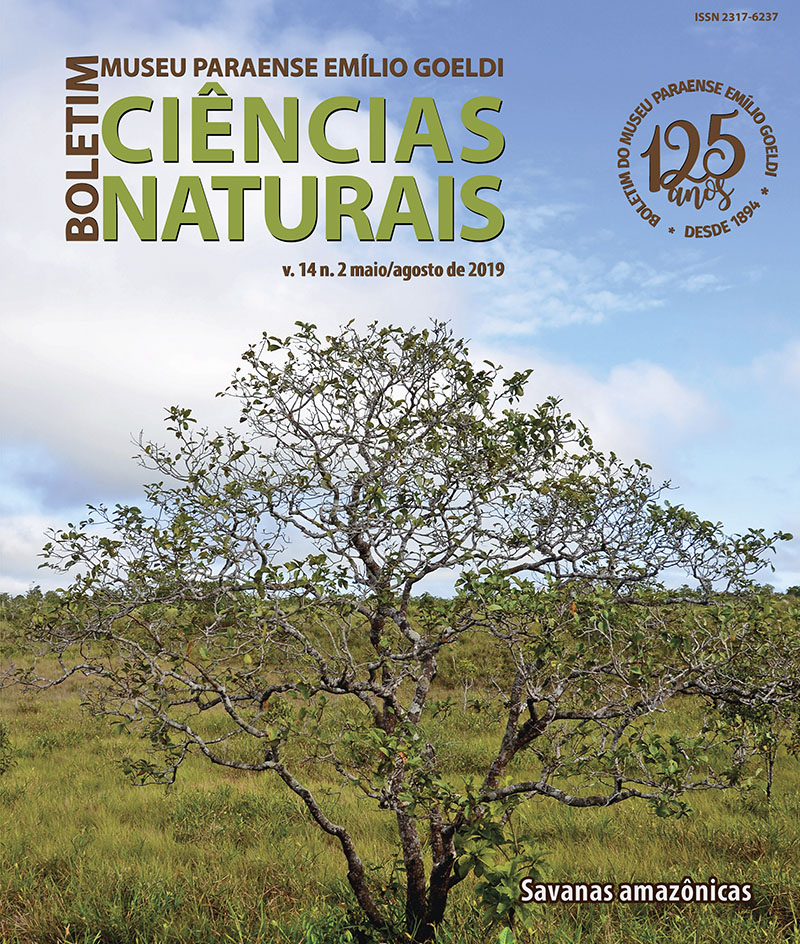Cranial anatomy and morphometry of Coryphospingus pileatus (Wied, 1821) (Passeriformes: Thraupidae)
DOI:
https://doi.org/10.46357/bcnaturais.v14i2.178Keywords:
Skull, Craniometric measurements, BirdsAbstract
Granivorous animals are among the most abundant in dry regions where, this feeding strategy seems to be successful because of the availability, diversity and stability of seed resources. This feeding strategy is successful for Coryphospingus pileatus. However, the cranial anatomy of this species is little known. The aim of this paper was to describe the cranial osteology of C. pileatus, a granivorous-insectivorous bird from the neotropical region, to measure its craniometric data and to understand a little about the relationship among the skull, feeding behavior, and ecology of the specie and to identify which characteristics can be used in future studies. Four specimens were used, which were dissected, described, measured, weighed, and drawn. The structures observed in the cranium of C. pileatus present particularities of the specie and characteristics found in the other passerines. The main anatomical features are in the beak, such as the conical beak, robust and with sharp edges associated with the habit of peeling seeds, and orbits, in which there is a possible relation with the ecology and behavior of the species. Studies of anatomy and morphology are important in deepening our knowledge, providing more background information for further comprehensive studies.
Downloads
Published
Issue
Section
License
Publication means fully assigning and transferring all copyrights of the manuscript to the journal. The Liability Statement and
Assignment of Copyrights will be enclosed with the notice of acceptance. All the authors must sign the document and return it to the journal.






